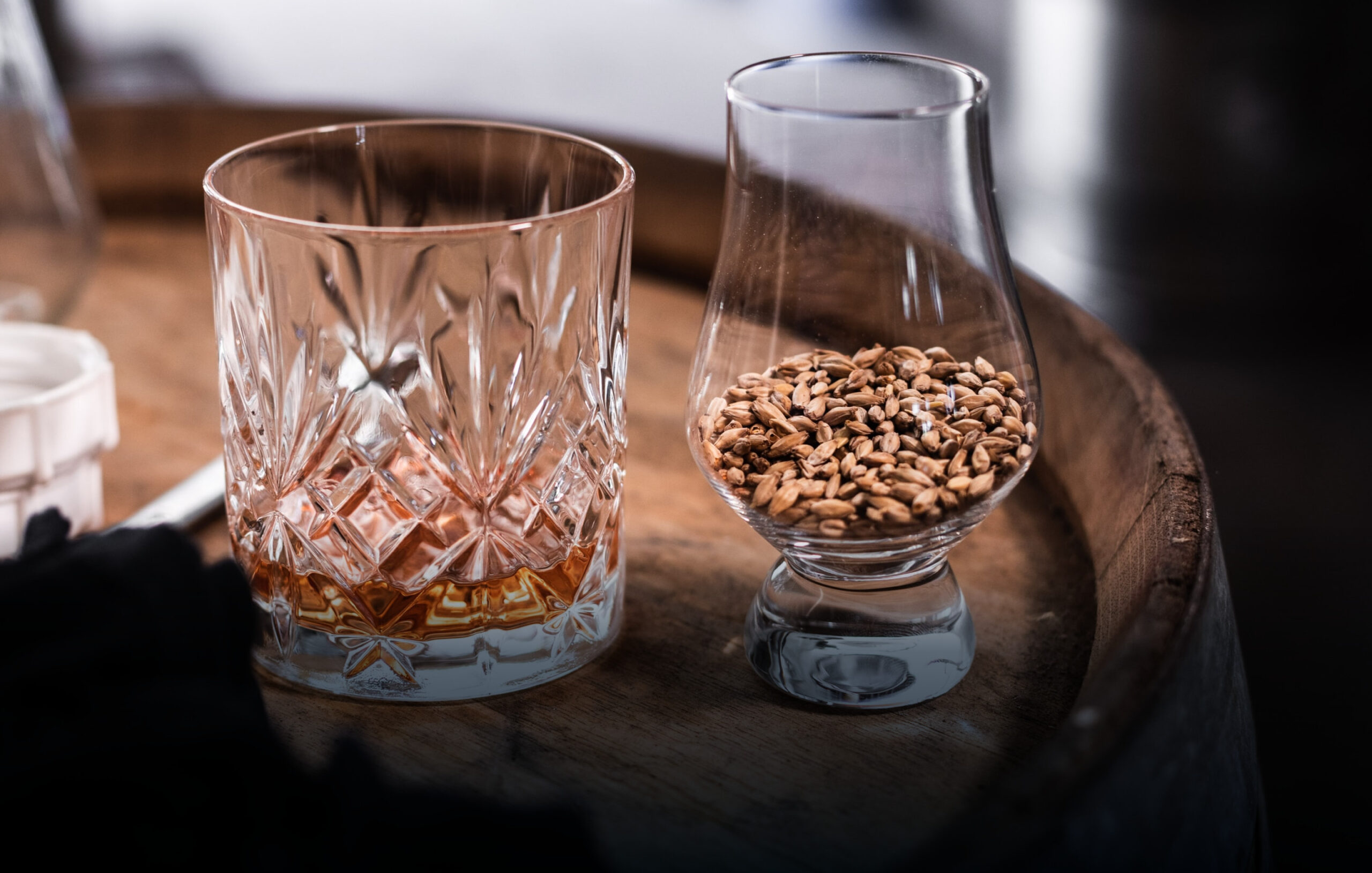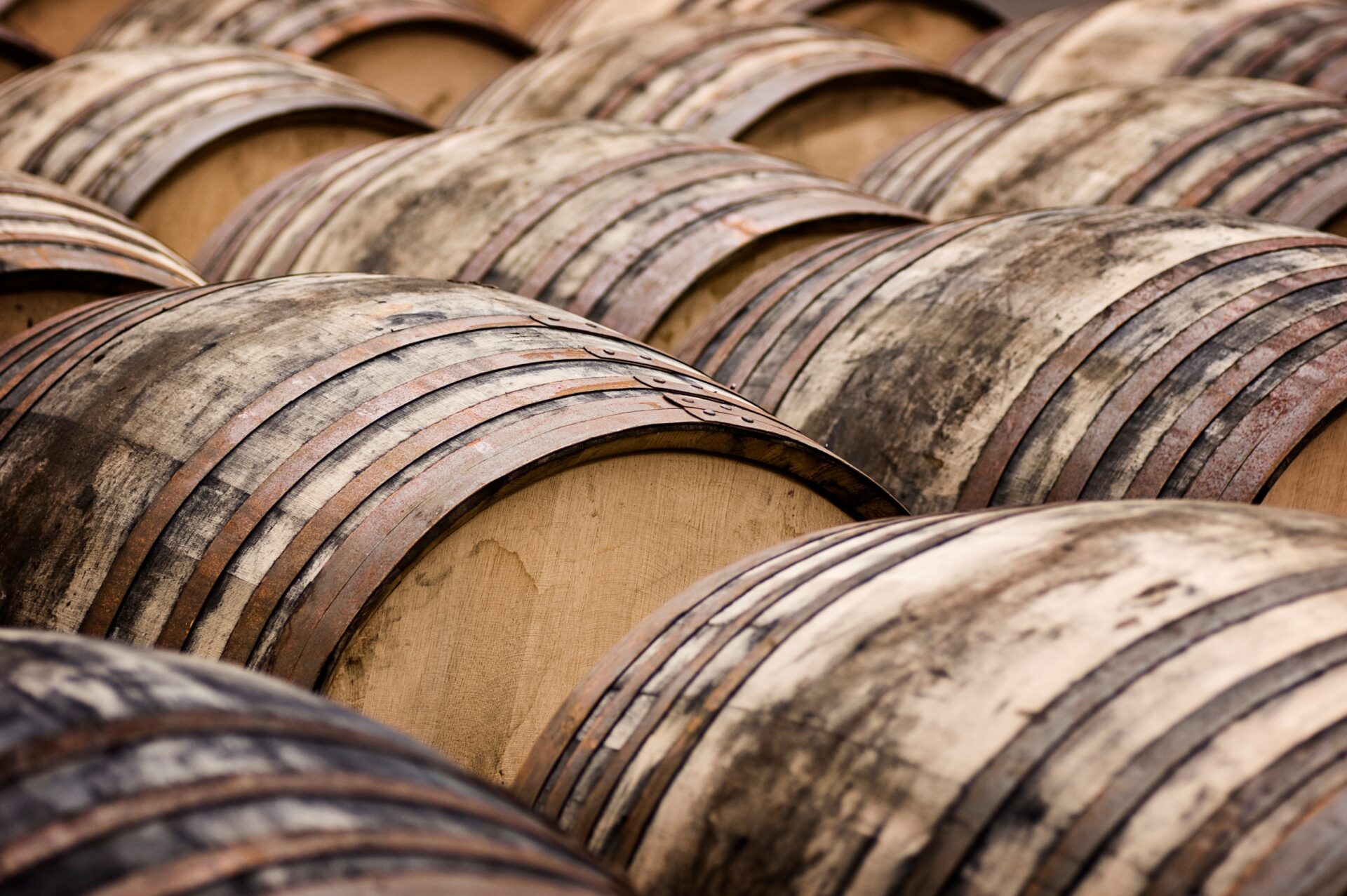Growth and the British Empire
The Victoria era saw huge expansion in the Scotch whisky industry. Sales grew to levels never previously seen and resulted in the building of numerous new distilleries to cope with demand. Blends were by far the most popular choice and Victorian consumers could not get enough of them. Single malts were seen as rough, lacking class and the poor relation to blends. They were produced for the sole purpose of being included within a blend.
Brands, such as Johnnie Walker and Ballantine’s, grew from local roots to be sold around the world. Developments in transportation and the continued expansion of The British Empire were major factors. Both enabled salesmen to travel around the world and introduce their whiskies to new markets. This, combined with the outbreak of phylloxera in France that killed Cognac production for several years, gave Scotch whisky its golden era.
Certain locations became hotbeds for whisky production – the Central Belt with its proximity to the major cities of Glasgow and Edinburgh, plus Campbeltown were two such places. Numerous distilleries were built and fuelled the continued thirst for Scotch whisky. Campbeltown was known as ‘the whisky capital of Scotland’. The small town on the Kintyre peninsula was home to over 30 distilleries by late Victorian times.
Difficult Times for Scotch Whisky
Any industry goes through good and bad times. Whenever there is a boom, there will inevitably be a bust. The Scotch whisky industry is no different. The boom times of the Victorian years were followed by several factors that seriously impacted whisky production and sales in the 20th century.
The Pattison Crash of 1898 kicked off the downturn. Cask brokers, including brothers Robert and Walter Pattison, drove quantity rather than quality and their strategy drove prices down to critical levels. They were also involved in other shady activities such as embezzlement and fraud. By the time they were convicted in 1901, more than 10 companies associated with the Pattisons had been declared bankrupt and the whisky industry had been brought to its knees.
World War I and World War II both had an obvious impact. Many distillery workers were sent to fight and production suffered with distilleries running at reduced levels or temporarily closed. Prohibition in America – where the manufacture, sale and consumption of alcohol was banned between 1920 and 1933 – also closed off one of Scotch whisky’s major markets immediately and for an extended period.
More recently, the 1980s and early-1990s were also a time of struggle. The previous three decades had seen the Scotch whisky market recover well after the War. However, many companies overcompensated by increasing production and this created an excess of whisky, leading to cheaper pricing. This era had also seen the birth of the single malt category as we know it today in the mid-1960s, but this struggled to get off the ground in the early years.
Often the first distilleries to fall during tough times were those in remote and hard to reach locations. As a result, many distilleries in the Highlands and islands were lost to history forever during the 20th century. Arguably the most damage was caused in Campbeltown, where the number of distilleries disintegrated from over 30 to just two in a 40-year period.
The Modern Era of Scotch Whisky
The two decades since the turn of the century have seen huge growth in the Scotch whisky market. This surge was fuelled by the re-birth of single malts as a category and has led to unprecedented sales, awareness, and exposure for brands. Despite this, blended Scotch whisky remains king – a staggering 90% of all Scotch sales around the world are blends.
The last 10 years has seen the rise of craft and artisan distilling, resulting in many new distilleries and brands. The total number of distilleries making single malt in Scotland is now over 140. Almost 40 have appeared in the last decade. This is coupled with a significant increase in whisky educational sources such blogs, websites, books, magazines, and the rise of the ‘whisky influencer’.
More recently, there has also been growth in other areas of the Scotch whisky industry. This includes the arrival of companies such as Whisky 1901 on the cask investment scene and the rise of people buying and selling bottles on whisky auction sites. Both have expanded the depth with which an individual can be involved with whisky and take their level of interest beyond simply sipping a dram or purchasing a bottle from a shop.
The future of Scotch whisky is looking very bright.





